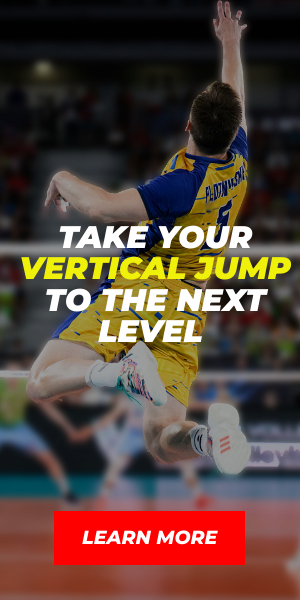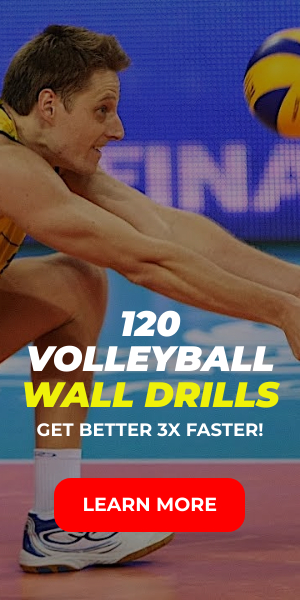Here is the question…How should an athlete warm-up and what type of stretching should they do pre-workout or match and post?
I have been asked this question so many times that my answer is pretty rehearsed by now-so here is the short version… After working with thousands of athletes and clients my answer is simple, pre training or competition is dynamic and post is static. Now of course there is always the exception to the rule but I’ll give you some of the reasons why I have answered this way.
1. What is your goal?
This is the most important question. Simply due to the fact that when you are an athlete or person training for specific results you need to know that your training has purpose. Are you warming up to play a game that requires explosive, precise movements like volleyball, football, tennis, basketball etc? Or are you looking to increase your range of motion (ROM)? When you ask yourself what you are trying to accomplish the answer suddenly becomes clearer. If you want neurological preparation and need your body to be ready to perform, you will not be properly prepared for explosive performance if you have only done static stretching prior to performing. Period.
2. What is a Dynamic Warm-up?
This is my definition and I think you will find that many athletes, coaches and strength coaches will agree. A dynamic warm-up is a series of preparatory exercises- progressive in nature, done with specific movements of increasing intensity to:
– elevate the heart-rate,
– elevate the core temperature,
– while activating and preparing the nervous system, joints and muscles for the upcoming sport specific activity.
3. Why do I want to prepare with a dynamic warm up?
- Increased SPEED and FORCE of contraction and relaxation of warmed muscles.
- Dynamic exercises reduce muscle stiffness
- Probability of overstretching a muscle (strains or pulls) and causing injury lessens
- Greater economy of movement because of lowered viscous resistance within warmed muscles.
- Facilitated oxygen utilization by warmed muscles because hemoglobin releases oxygen more readily at higher muscle temperatures.
- Increase in hormones to facilitate use of more CHO & fatty acids for energy production.
- Facilitated nerve transmission and muscle metabolism at higher temperatures; a specific warm up can facilitate motor unit recruitment required in subsequent all out activity
- Increased blood flow through active tissues as local vascular beds dilate, increasing metabolism and muscle temperatures=less stress on heart!
- Allows the heart rate get to a workable rate for beginning exercise.
- Increased Synovial Fluid in joints
- More mentally focused on the training or competition (increase focus, visualize strategy)
That’s right! All of these physiological effects from increasing your blood flow, heart rate, body temperature and choosing key movements to prepare your neuromuscular system.
4. Don’t believe me? Then check out some research on the topic!
- Better performance in T-shuttle run, underhand MB throw, and 5 step jump after Dynamic Warm up vs static and no warm up. McMillan 2006
- *Improved long term performance after 4 weeks of Dynamic Warm-up vs static stretching warm up. Herman & Smith 2008
- Increase in…Quad peak torque, broad jump, med ball throw, sit-ups, push-ups
- Faster times for 300yd shuttle, 600m run
- Enhanced muscular strength, endurance, agility and anaerobic capacity
- Trained women showed no change in vertical jump after static or ballistic stretching. Unick 2005
- Best warm up for vertical jump in College male athletes is 10% BW weighted jumps vs. submaximal jumps, no warm up or static stretching. Burkett 2005
- A dynamic warm-up performed with a vest weighted with 2% of body mass may be the most effective warm-up protocol for enhancing jumping performance in high school female athletes. Faigenbaum, McFarland, et al. 2006
- Less accumulation of blood and muscle lactate during intense dynamic exercise preceded by active warm-up vs. passive. Gray & Devito 2002
- Active dynamic warm up increase 20m sprint performance vs static. Fletcher 2004
Whoa! What does all of that mean?! Translated from scientific terms it simply means that explosive movements (lower body and upper body) are improved after a dynamic warm-up. Fitness is also improved along with agility! It means you can sprint faster and you’re not as likely to have the muscle heaviness and burn. When you care about the quality of your performance, your warm up choice is simple.
We have a 30 minute instructional DVD with over 30 movements that will get you ready for your sport! It will sell for $20 and will be available soon. To pre-order email ks@empowerconditioning.com and train smart.





